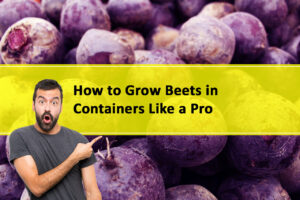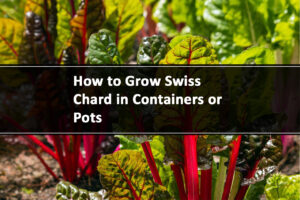Beautiful Plants For Your Interior
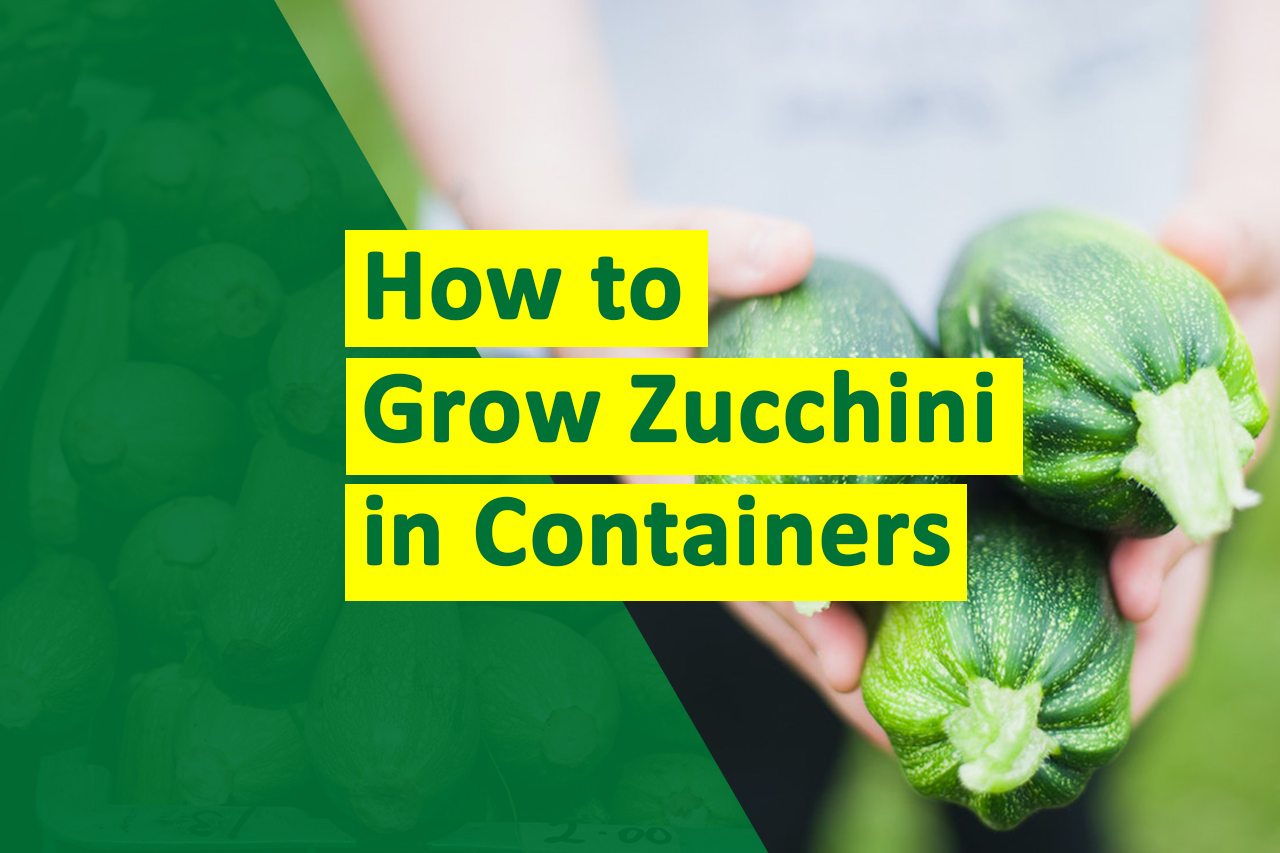
From Seed to Harvest: Growing Zucchini in Containers with Success
Growing zucchini in containers or pots is a great option for those who have limited space or don’t have access to a traditional garden. Zucchini plants are known for their large leaves and vigorous growth, but with the right conditions, they can thrive in containers as well.
With the right techniques and a bit of planning, you can successfully grow zucchini in containers, allowing you to enjoy a bountiful harvest right at your doorstep. We will guide you through the entire process, from selecting the right container and soil to caring for your zucchini plants and ensuring optimal growth. Whether you’re a seasoned gardener or a beginner, this comprehensive guide will help you achieve success in growing zucchini in containers.
Why Grow Zucchini in a Container?
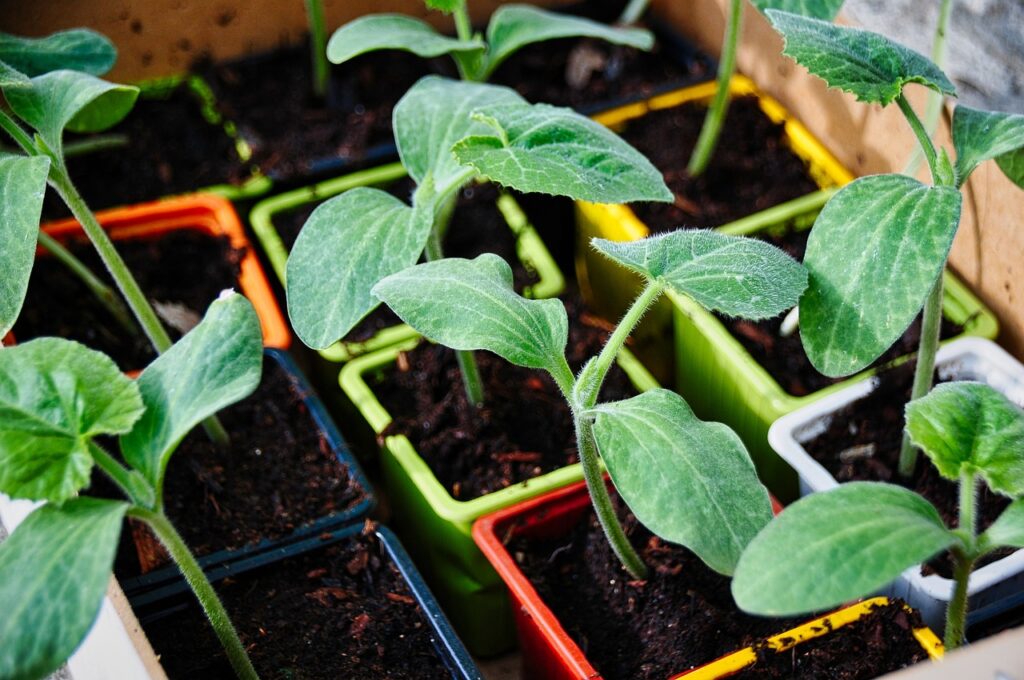
Growing zucchini in a container offers several benefits and advantages. Here are some reasons why you might choose to grow zucchini in a container:
a) Limited Space: Containers allow you to grow zucchini even if you have limited space, such as a balcony, patio, or small backyard. Zucchini plants have a sprawling growth habit, but compact or bush varieties are specifically bred for container gardening, making them suitable for confined areas.
b) Mobility: Containers offer the advantage of mobility. You can easily move the containers to optimize sunlight exposure, protect the plants from extreme weather conditions, or rearrange your outdoor space as needed.
c) Better Control: Growing zucchini in a container provides better control over the growing environment. You can select and amend the soil to create ideal conditions for the plants. Additionally, containers offer improved drainage, preventing issues related to waterlogging, which can be more challenging to manage in garden beds.
d) Pest Management: Container gardening can help reduce the risk of certain pests and diseases. By growing zucchini in containers, you can minimize contact with soil-borne pests and pathogens that may reside in garden beds. This can simplify pest management and reduce the need for chemical interventions.
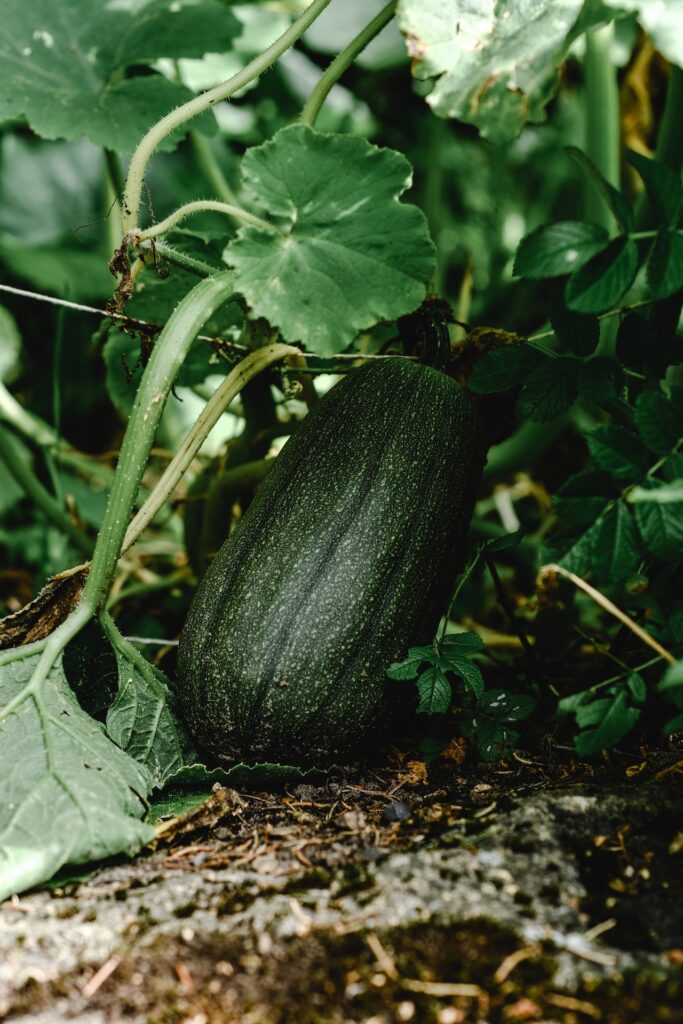
e) Extended Growing Season: Containers can be moved indoors during cooler weather, allowing you to extend the growing season. By bringing the containers inside or placing them in a greenhouse, you can protect the plants from frost and continue harvesting zucchini for a longer period.
f) Aesthetic Appeal: Zucchini plants can be visually appealing with their large, vibrant leaves and beautiful yellow flowers. Growing them in containers can enhance the aesthetics of your outdoor space, adding greenery and a touch of nature.
g) Accessibility and Convenience: Container gardening provides accessibility and convenience. Having zucchini plants within reach makes it easier to tend to their needs, such as watering, fertilizing, and harvesting. This can be especially beneficial for individuals with limited mobility or those who prefer gardening at waist level.
h) Educational Value: Growing zucchini in containers can be an educational experience for children and novice gardeners. It offers an opportunity to learn about plant life cycles, gardening techniques, and the satisfaction of growing and harvesting your own food.
The Best Zucchini for Containers
When choosing zucchini varieties for container gardening, it’s important to look for compact or bush varieties that are specifically bred or recommended for growing in containers. Here are some popular zucchini varieties known for their suitability in containers:
1. Astia: This is a compact, bushy zucchini variety specifically developed for container gardening. It produces high yields of dark green zucchinis and has a space-saving growth habit.
2. Spacemiser: Another compact variety ideal for small spaces and containers, ‘Spacemiser’ produces abundant yields of tasty zucchinis. It has a bushy growth habit and takes up minimal space.
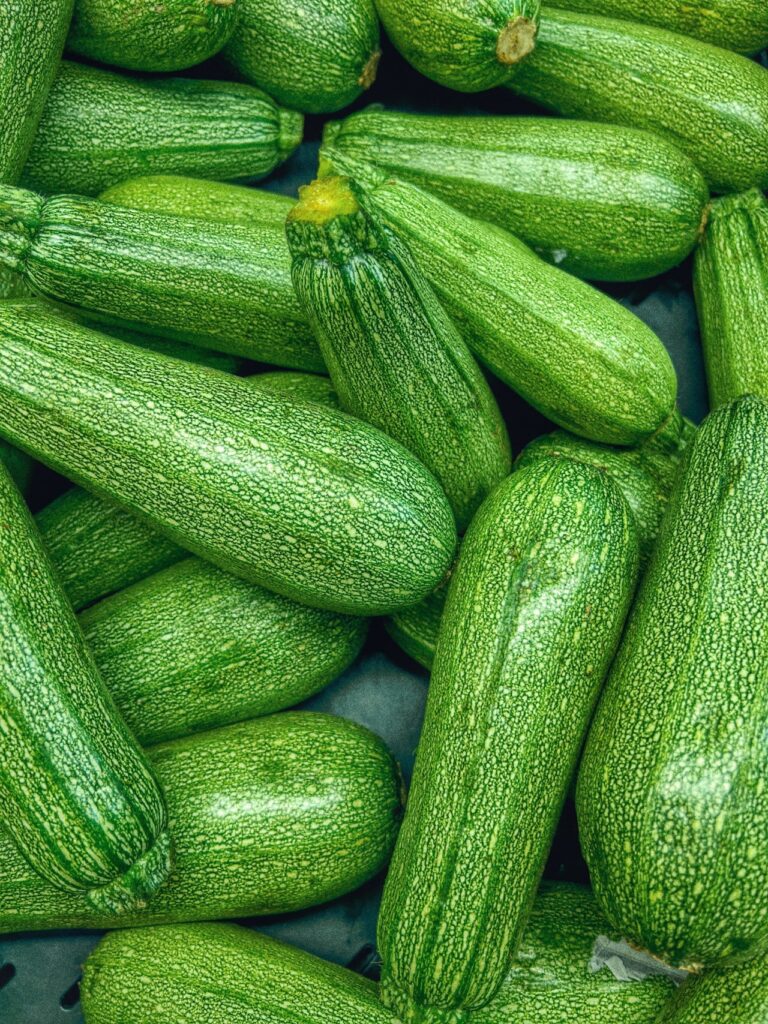
3. Patio Star: This zucchini variety is known for its compact size and ability to thrive in containers and small gardens. ‘Patio Star’ produces an abundance of flavorful zucchinis on compact, space-saving plants.
4. Eight Ball: ‘Eight Ball’ zucchini is a unique variety that produces round, baseball-sized fruits. It has a compact growth habit, making it suitable for container gardening. The round shape of the zucchinis adds a fun twist to your container garden.
5. Raven: ‘Raven’ is a compact zucchini variety that works well in containers. It produces glossy, dark green zucchinis on compact, bushy plants. The fruits are flavorful and tender.
6. Gold Rush: If you prefer yellow zucchinis, ‘Gold Rush’ is a compact variety worth considering for container gardening. It produces vibrant yellow zucchinis on compact plants, adding a splash of color to your container garden.
When selecting a zucchini variety for containers, consider the available space in your container, the size of the mature plant, and the specific growth habit of the variety. Check seed catalogs or consult with local nurseries to find varieties that are recommended for container gardening in your region.
How to Grow Zucchini in Containers or Pots

Zucchini is a versatile and prolific vegetable that can thrive in container gardens, making it an excellent choice for urban gardeners or those with limited space. With proper care and attention, you can grow zucchini from seed to harvest right on your balcony or patio. Here is the step-by-step process of successfully growing zucchini in containers, ensuring a bountiful harvest and delicious homegrown produce.
-
Choosing the Right Container
When growing zucchini in containers, selecting the appropriate container is crucial. Opt for a container that is at least 24 inches deep and 18 inches wide, providing enough space for the roots to grow. Ensure that the container has proper drainage holes to prevent waterlogging, which can lead to root rot. Consider using lightweight containers made of materials like plastic or fiberglass, as they are easier to move and manage.
-
Selecting the Perfect Location
Find a suitable location for your container-grown zucchini. Look for an area that receives at least six to eight hours of direct sunlight daily. Ensure that the location is protected from strong winds, as they can damage the plants. Consider placing the containers near a south-facing wall or fence to maximize sunlight exposure.
-
Preparing the Soil
Use a high-quality potting mix specifically formulated for containers. Avoid using garden soil, as it may not provide adequate drainage and nutrients. Enhance the potting mix with organic matter, such as compost, to improve moisture retention and soil fertility. Prior to planting, ensure the soil is well-draining and loamy.
-
Starting from Seeds or Seedlings
Decide whether to start from seeds or purchase seedlings. If starting from seeds, sow them in biodegradable containers indoors 4-6 weeks before the last frost. Keep the soil moist and maintain a temperature of around 70°F (21°C). Once the seedlings have grown to around 3-4 inches tall, they can be transplanted into the containers.
-
Planting and Transplanting
When planting or transplanting zucchini seedlings, ensure they are placed at the same depth as they were in the previous container. Gently loosen the roots to promote healthy growth. Space the plants approximately 2-3 feet apart to allow for proper air circulation and prevent overcrowding.
-
Watering and Drainage
Consistent watering is crucial for the success of your container-grown zucchini. Water the plants thoroughly whenever the top inch of the soil feels dry. Ensure proper drainage to avoid waterlogging, which can lead to root diseases. Consider using self-watering containers or adding a layer of mulch to conserve moisture.
-
Providing Adequate Sunlight
Zucchini plants require ample sunlight for optimal growth and fruit production. Ensure they receive at least six to eight hours of direct sunlight daily. If sunlight is limited, consider using reflective materials or grow lights to supplement the natural light.
-
Fertilizing for Optimal Growth
Feed your zucchini plants with a balanced, water-soluble fertilizer every two to three weeks, following the manufacturer’s instructions. Consider using organic fertilizers to promote healthier plants and minimize the risk of chemical buildup in the soil.
-
Managing Pests and Diseases
Monitor your zucchini plants regularly for common pests like aphids, squash bugs, and powdery mildew. Use organic pest control methods or natural insecticides to manage infestations. Proper spacing, good air circulation, and maintaining healthy soil can help prevent diseases.
-
Harvesting Zucchini
Zucchini is typically ready for harvest within 45 to 60 days after planting. Harvest the zucchini when they are around 6-8 inches long for the best flavor and texture. Use a sharp knife or pruning shears to cut the fruits from the plant, leaving a small stem attached.
-
Storing and Using Zucchini
Store freshly harvested zucchini in the refrigerator, preferably in a perforated plastic bag to maintain freshness. Use zucchini within a week for the best taste. Incorporate zucchini into a variety of recipes, such as stir-fries, salads, bread, and even desserts.
-
Troubleshooting Common Issues
Learn how to identify and address common issues faced when growing zucchini, such as blossom end rot, poor fruit set, and yellowing leaves. Understanding these problems and implementing appropriate solutions will help you maintain healthy plants and ensure a successful harvest.
What is The Best Way of Growing Zucchini From Seeds?
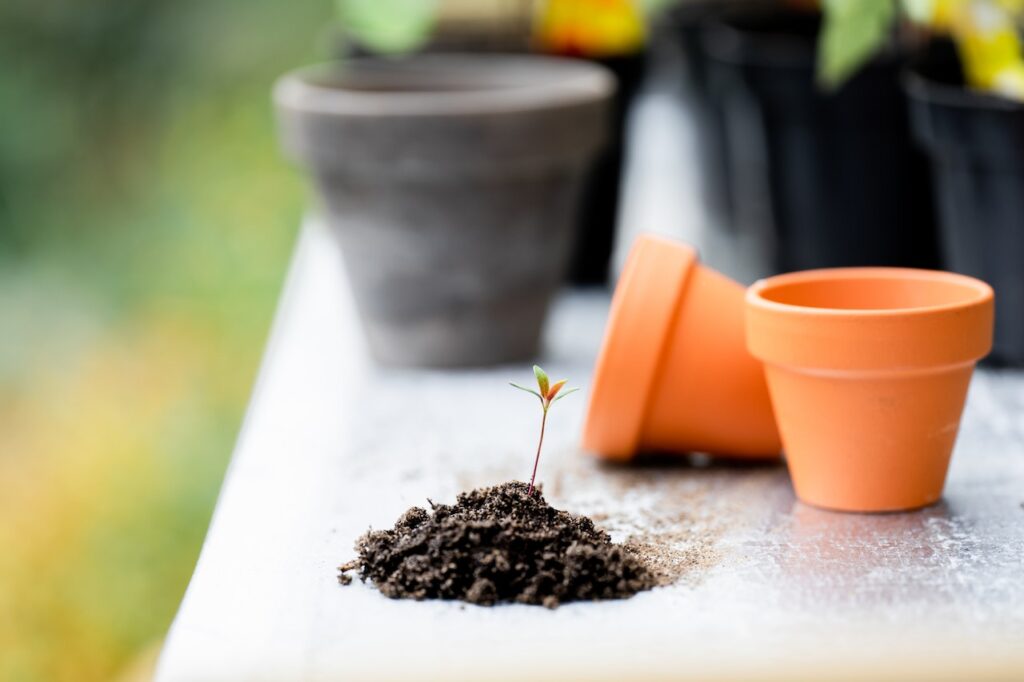
Well, it’s not that complicated. The best way to grow zucchini from seeds involves a few important steps. Here’s a guide on how to successfully grow zucchini from seeds:
1. Seed Selection: Choose high-quality zucchini seeds from a reputable source. Look for varieties that are suitable for your climate and recommended for container gardening if you plan to grow them in containers.
2. Timing: Start your zucchini seeds indoors 3-4 weeks before the last expected frost date in your area. This allows the seedlings to establish before transplanting them outdoors.
3. Seed Starting Containers: Use seed trays or small biodegradable pots filled with seed-starting mix. Ensure the containers have drainage holes to prevent waterlogging.
4. Soil Preparation: Fill the containers with seed-starting mix, which is light, sterile, and provides good drainage. Moisten the soil before sowing the seeds.
5. Sowing Seeds: Plant the zucchini seeds according to the instructions on the seed packet. Typically, sow the seeds about 1 inch deep and space them a few inches apart. Gently cover the seeds with soil and lightly press down.
6. Watering: Water the seeded containers gently, keeping the soil moist but not waterlogged. Ensure that the containers have good drainage to prevent water accumulation.
7. Germination: Place the containers in a warm location with temperatures around 70-85°F (21-29°C). Zucchini seeds usually germinate within 7-10 days. Keep the soil consistently moist during the germination period.
8. Light and Air Circulation: Once the seedlings emerge, provide them with ample light. Place the containers in a bright location where they receive 12-14 hours of direct sunlight or use grow lights if natural light is limited. Adequate air circulation helps prevent damping-off disease, so avoid overcrowding the seedlings.
9. Thinning: If multiple seedlings emerge from a single container, thin them by removing the weaker ones, leaving the strongest seedling to grow.
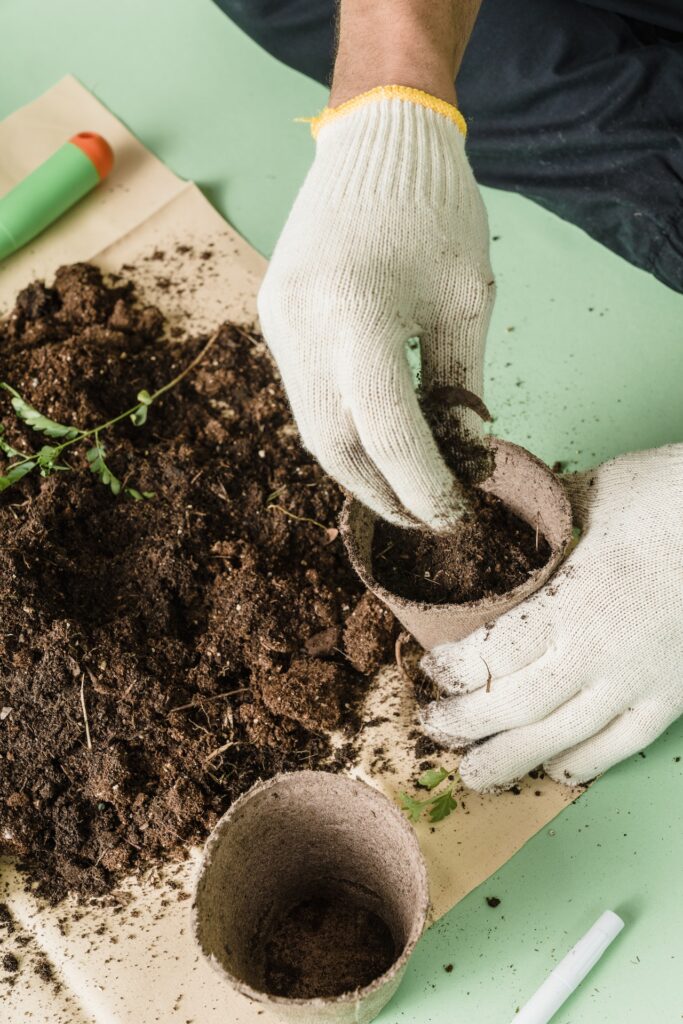
10. Harden Off: Before transplanting the zucchini seedlings outdoors, gradually acclimate them to outdoor conditions. Start by placing them in a sheltered location for a few hours each day, gradually increasing their exposure to sunlight and outdoor elements over the course of a week.
11. Transplanting: When the danger of frost has passed and the seedlings are around 3-4 weeks old, transplant them into larger containers or in the garden soil. Choose a sunny location with well-drained soil for optimal growth.
12. Spacing: If planting multiple seedlings, space them 2-3 feet apart to allow for proper air circulation and growth.
13. Care: Provide regular watering to keep the soil evenly moist. Apply mulch around the plants to retain moisture, suppress weeds, and regulate soil temperature. Monitor for pests and diseases, and take appropriate action if necessary.
What is The Best Way of Growing zucchini in a raised bed?
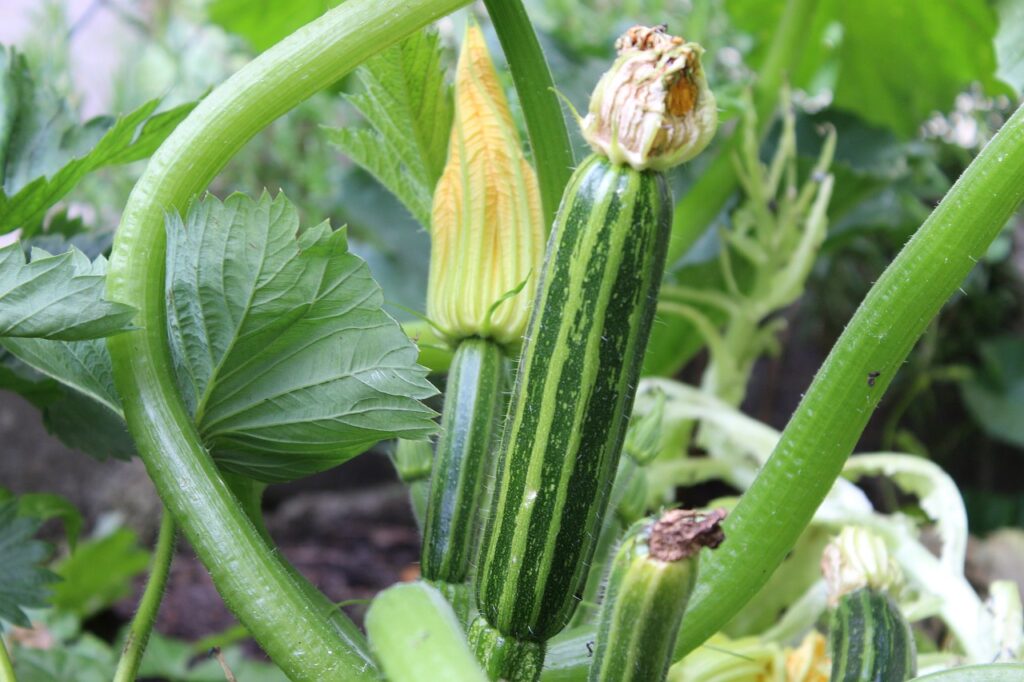
Growing zucchini in a raised bed can be a convenient and productive way to cultivate this vegetable. Here are the steps to grow zucchini in a raised bed:
1. Bed Preparation: Choose a location for your raised bed that receives full sun, ideally at least 6-8 hours of direct sunlight per day. Clear the area of any weeds or grass.
2. Bed Construction: Build or assemble a raised bed according to your desired dimensions. The bed should be at least 12 inches deep to accommodate the zucchini’s root system.
3. Soil Preparation: Fill the raised bed with a mixture of garden soil and compost or well-rotted manure. Aim for loose, well-draining soil with good fertility. Avoid using heavy clay soil, as it can become compacted.
4. Planting: Once the raised bed is prepared, sow zucchini seeds or transplant seedlings into the soil. If using seeds, follow the instructions on the seed packet for sowing depth and spacing. If using seedlings, plant them at the same depth they were growing in their nursery pots, spacing them according to the recommended guidelines (usually 2-3 feet apart).
5. Watering: Provide regular and consistent watering to keep the soil evenly moist. Zucchini plants require a moderate amount of water, but avoid overwatering, as it can lead to root rot. Use a soaker hose or drip irrigation system to water the base of the plants and avoid wetting the leaves.
6. Mulching: Apply a layer of organic mulch, such as straw or wood chips, around the zucchini plants. Mulch helps retain moisture, suppress weeds, and regulate soil temperature. Keep the mulch a few inches away from the plant stems to prevent moisture-related issues.
7. Fertilization: Incorporate organic compost or a balanced, slow-release fertilizer into the soil before planting. Zucchini plants are heavy feeders, so additional fertilization may be required throughout the growing season. Follow the recommended dosage and frequency mentioned on the fertilizer package.
8. Support: As zucchini plants grow, they may benefit from support to prevent sprawling and keep the fruits off the ground. Place stakes or cages near the plants early on and tie the vines gently to the supports as needed.
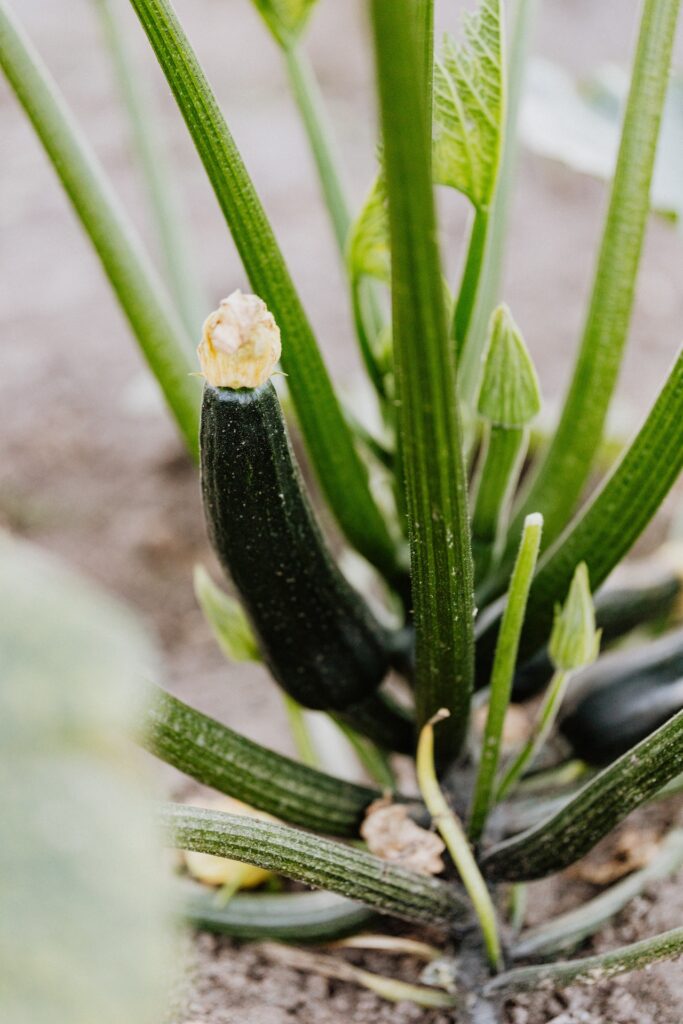
9. Pollination: Zucchini plants require pollination to produce fruit. Encourage pollinators like bees by planting flowers nearby or using pollinator-friendly practices in your garden. You can also hand-pollinate the flowers by gently transferring pollen from the male flowers to the female flowers using a small brush.
10. Pests and Diseases: Monitor your zucchini plants regularly for common pests like aphids, squash bugs, or powdery mildew. Take preventive measures such as using row covers, practicing crop rotation, or using organic pest control methods if needed.
11. Harvesting: Harvest zucchini when they reach the desired size, typically 6-8 inches long. Use a sharp knife or shears to cut the zucchini from the plant. Regular harvesting promotes continuous production.
Remember to adjust the watering, fertilization, and maintenance practices based on your specific climate, soil conditions, and the growth of your zucchini plants. With proper care, you can enjoy a plentiful harvest of zucchinis from your raised bed.
People also ask
-
Can zucchini be grown in containers?
Yes, zucchini can be successfully grown in containers, as long as the containers are large enough and provide the necessary growing conditions.
-
What size container is suitable for growing zucchini?
It is recommended to use a container that is at least 18 inches (45 cm) deep and has a capacity of 5 gallons (19 liters) or more for each zucchini plant.
-
What type of soil should I use for container-grown zucchini?
Use a well-draining potting mix that is rich in organic matter. Adding compost or aged manure can improve soil fertility and moisture retention.
-
How many zucchini plants can I grow in one container?
It is best to grow one zucchini plant per container to allow ample space for the plant to spread and grow.
-
What are the sunlight requirements for zucchini in containers?
Zucchini plants require full sun, which means they need at least 6 to 8 hours of direct sunlight per day. Place your containers in a sunny location.
-
How often should I water container-grown zucchini?
Container-grown zucchini plants require frequent watering, especially during hot weather. Water deeply whenever the top inch of soil feels dry, but ensure that the soil is not waterlogged.
-
Do I need to fertilize zucchini in containers?
Yes, zucchini plants in containers benefit from regular feeding. Use a balanced fertilizer according to the package instructions, or apply a slow-release fertilizer at the beginning of the growing season.
-
Can zucchini be grown indoors in containers?
While zucchini prefers outdoor conditions, it is possible to grow them indoors if you can provide sufficient sunlight or use grow lights to supplement the light requirements.
-
How long does it take for zucchini to mature in containers?
Zucchini plants typically start producing fruits within 45 to 60 days from planting, but the exact time may vary depending on the variety and growing conditions.
-
Are there any common pests or diseases that affect container-grown zucchini?
Zucchini plants can be susceptible to pests such as aphids, squash bugs, and powdery mildew. Regularly inspect your plants and take appropriate measures, such as applying organic pest control methods or using insecticidal soap if necessary.
Wrap up On Growing Zucchini in Containers or Pots
Growing zucchini in containers allows you to enjoy fresh, homegrown produce regardless of space limitations. By selecting a suitable container, providing optimal growing conditions, and implementing proper care techniques, you can cultivate a flourishing zucchini garden on your patio, balcony, or rooftop.

